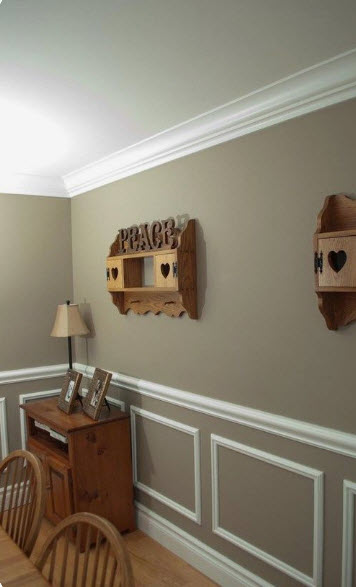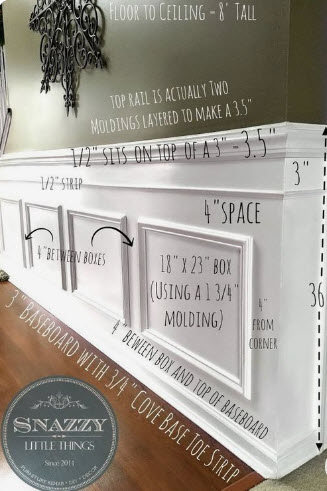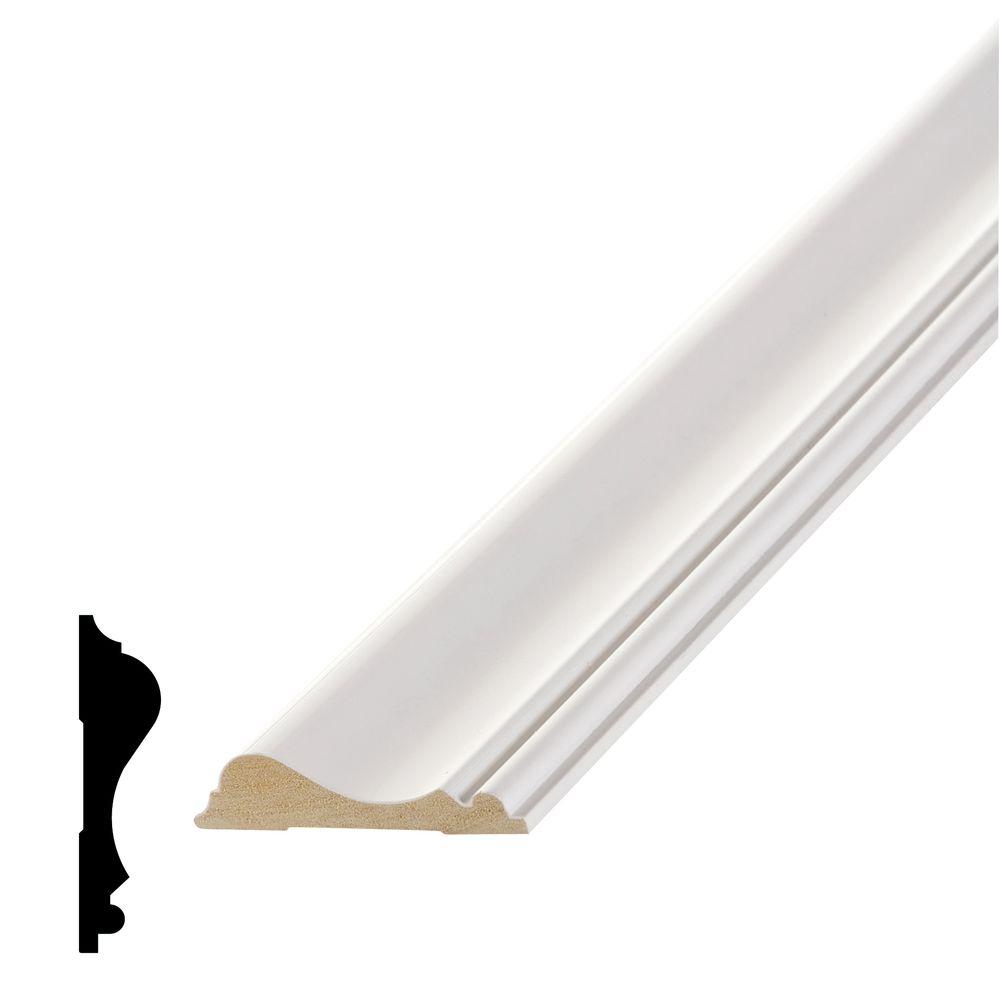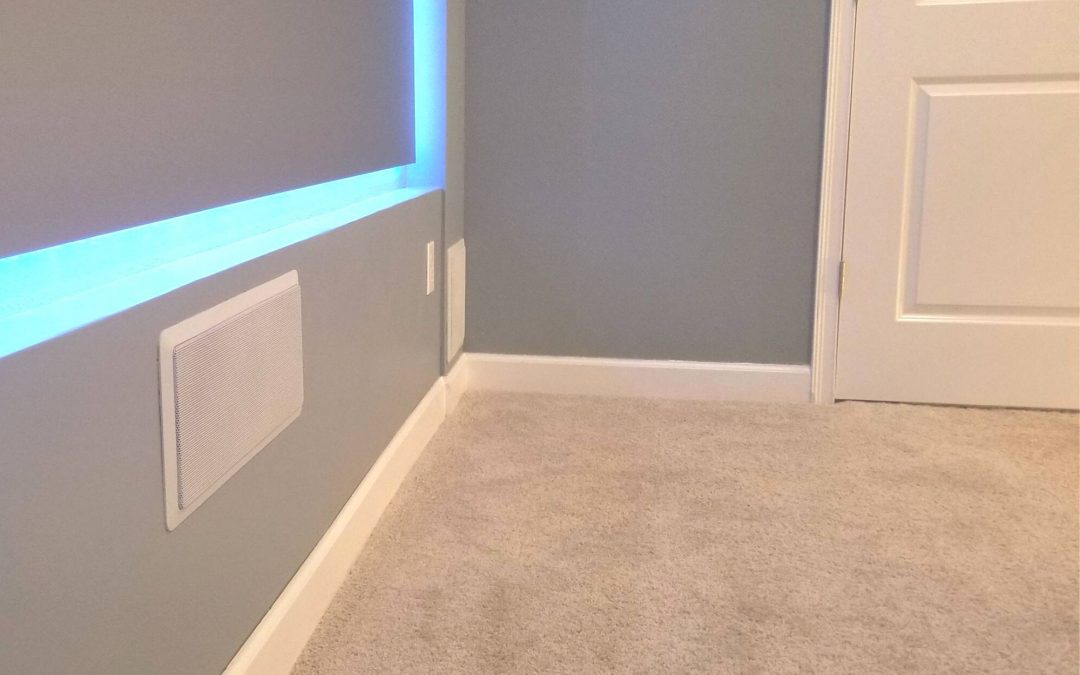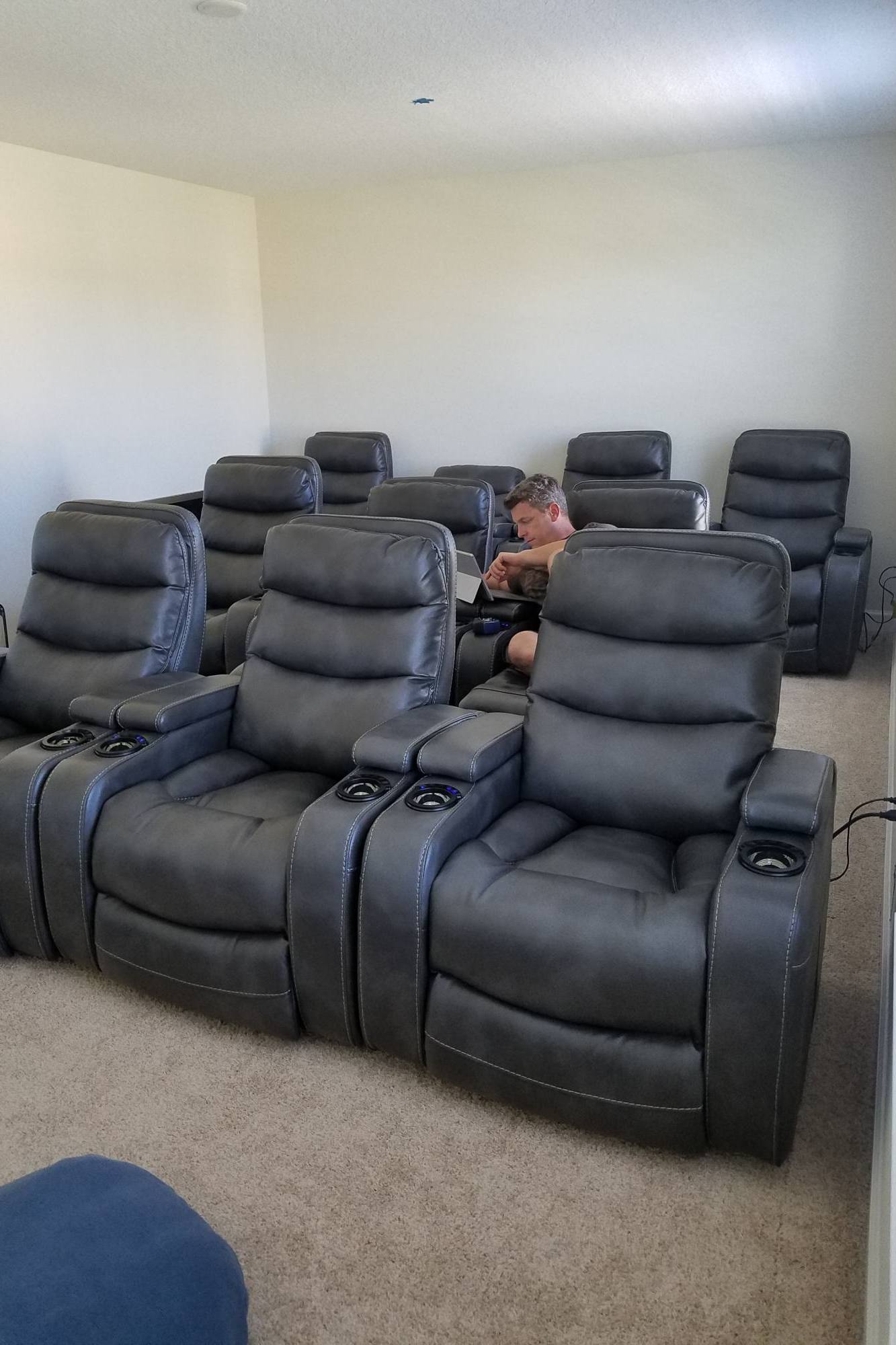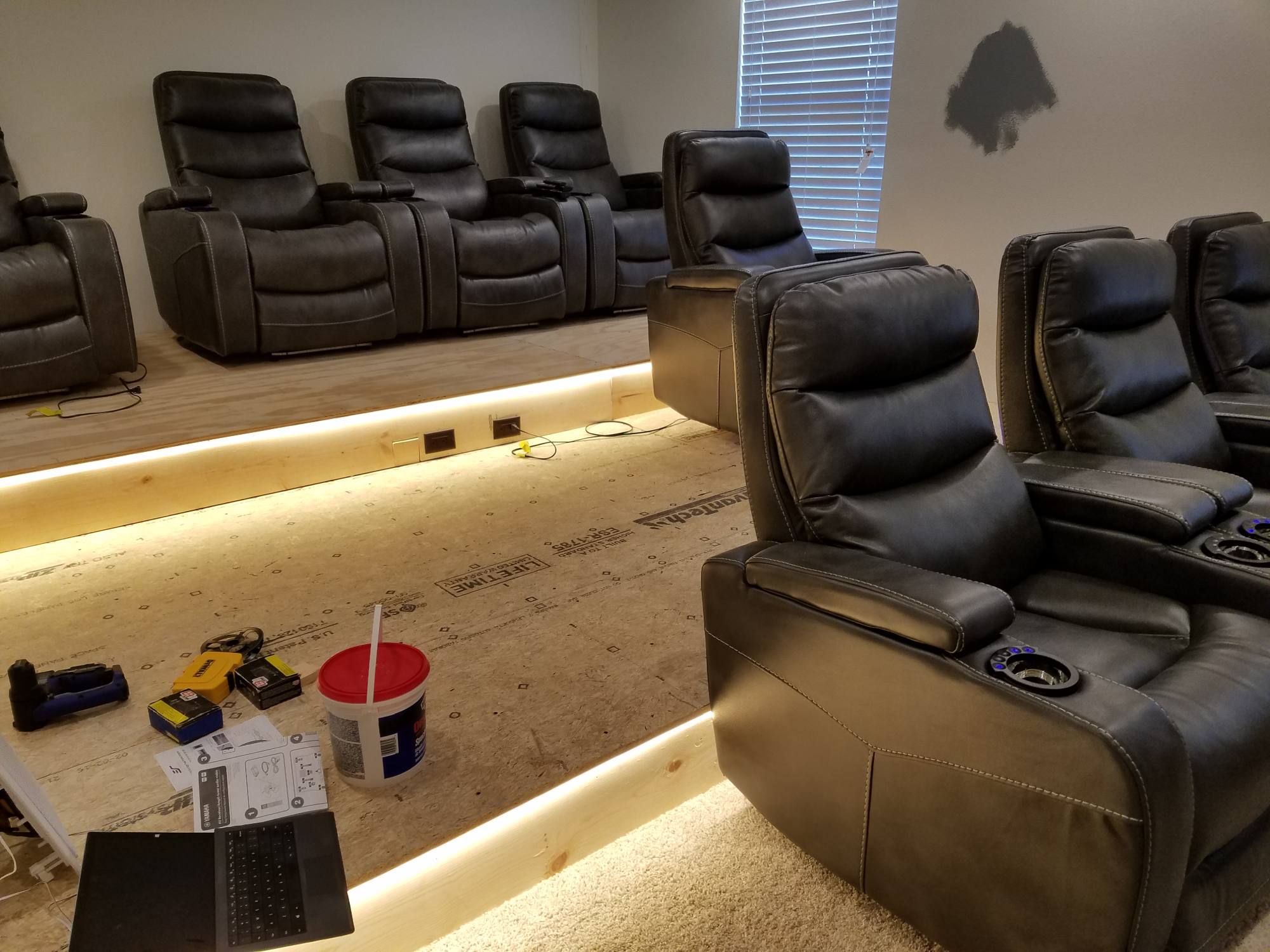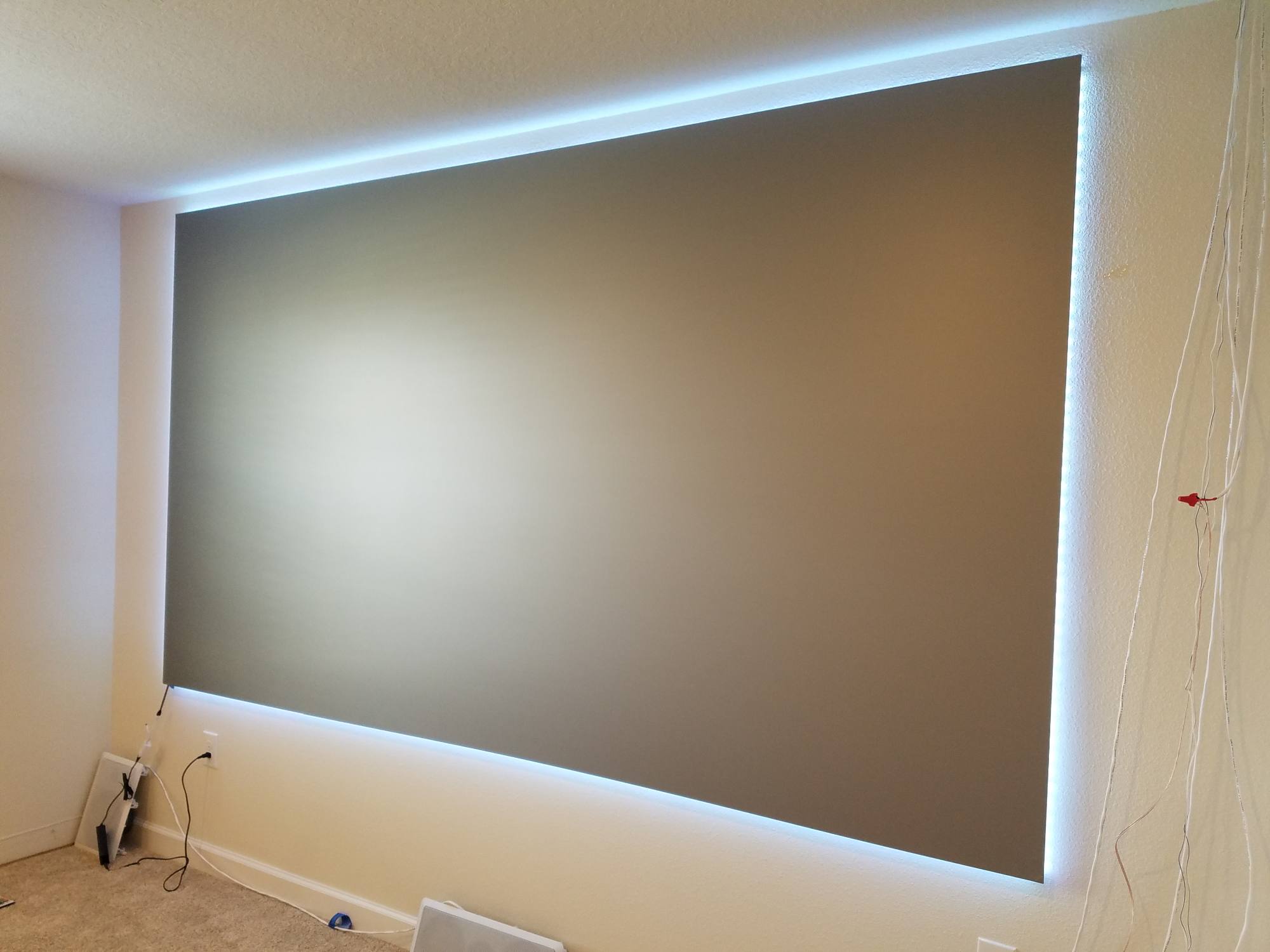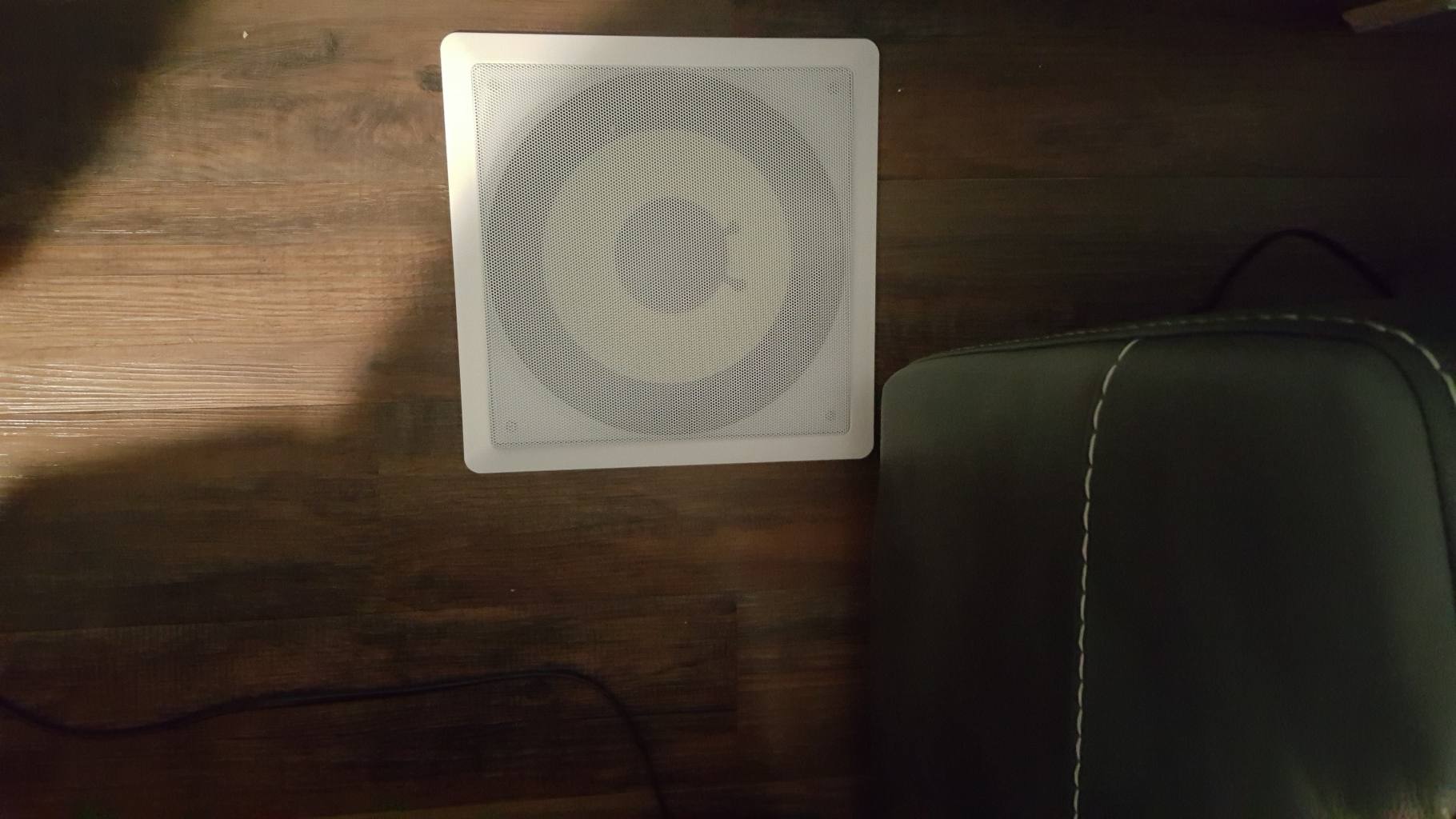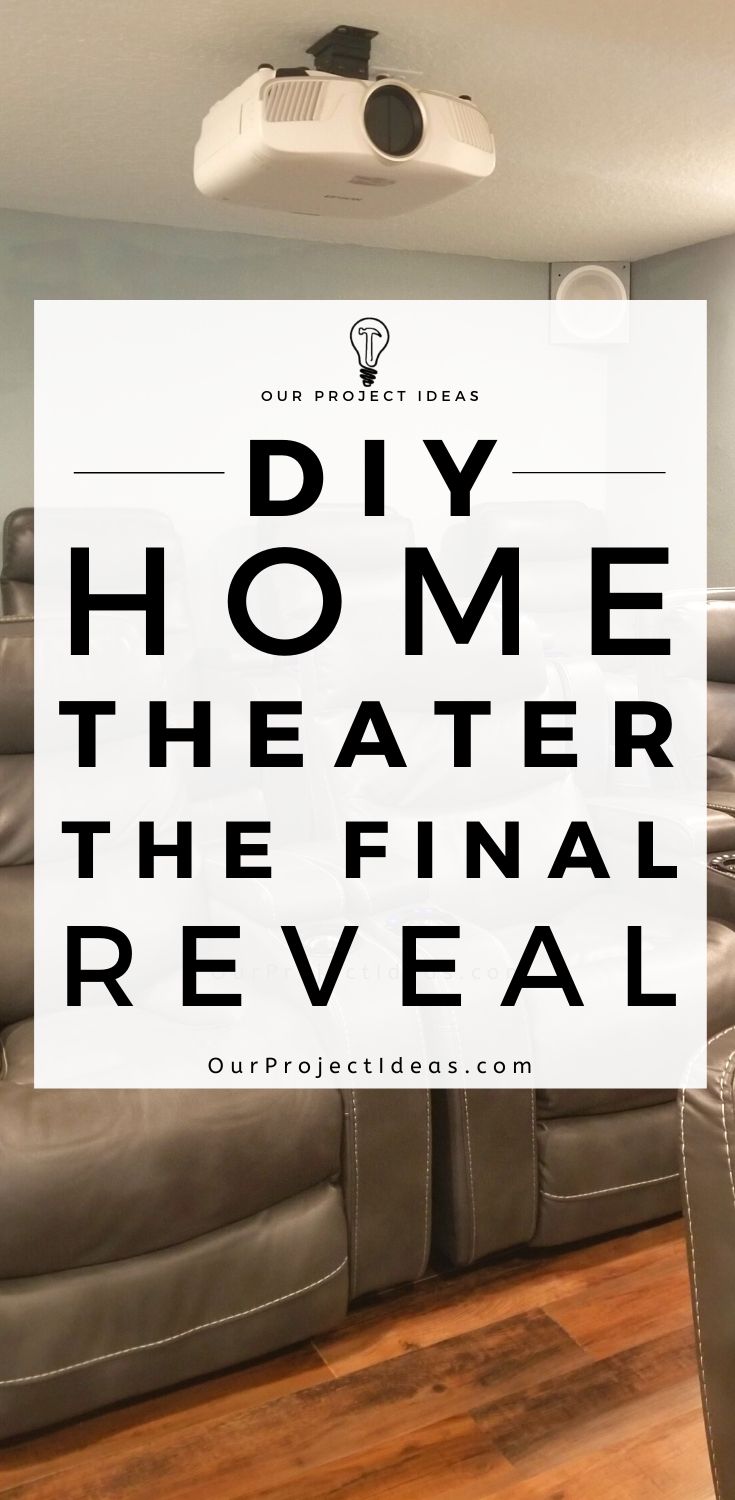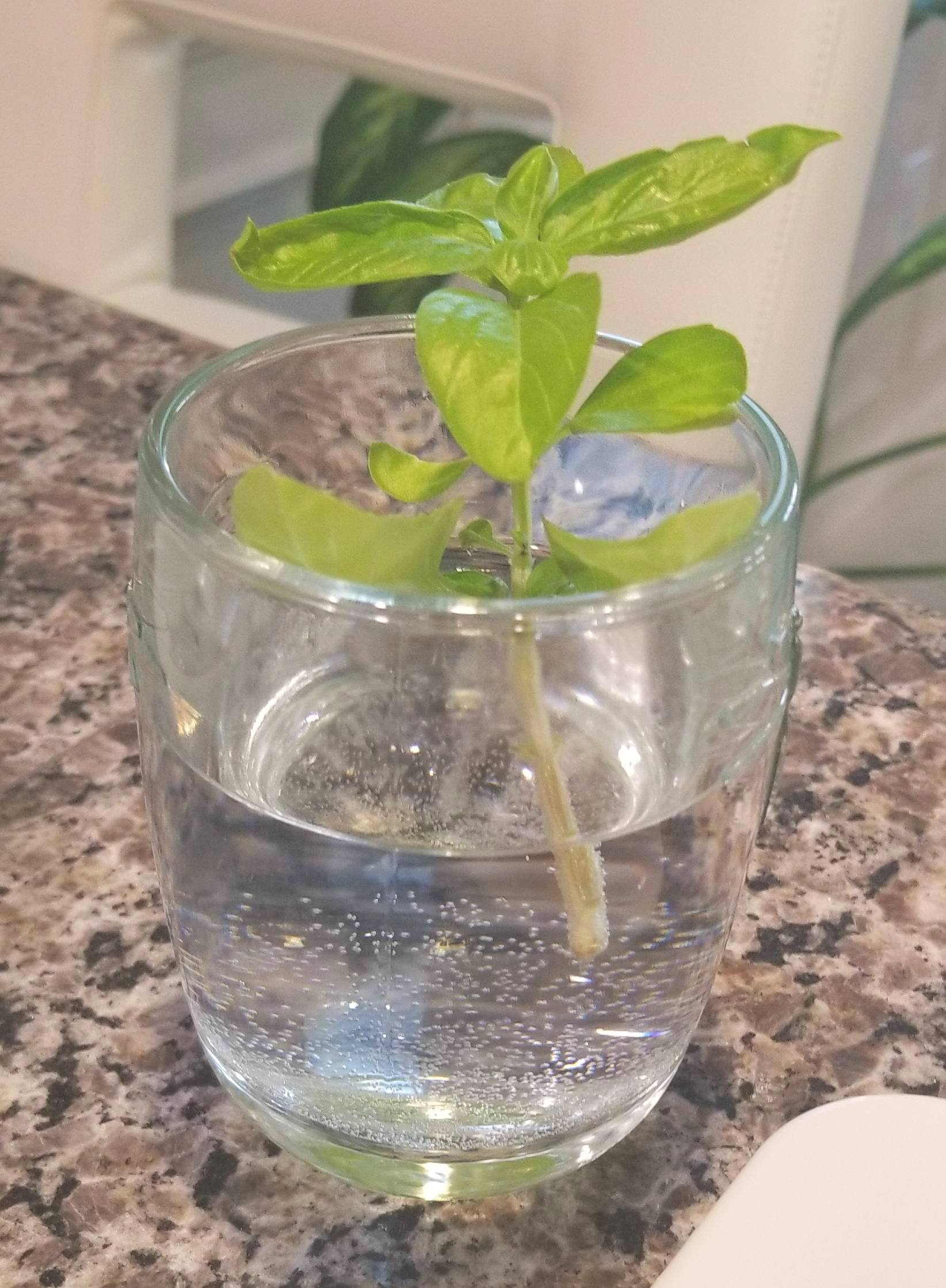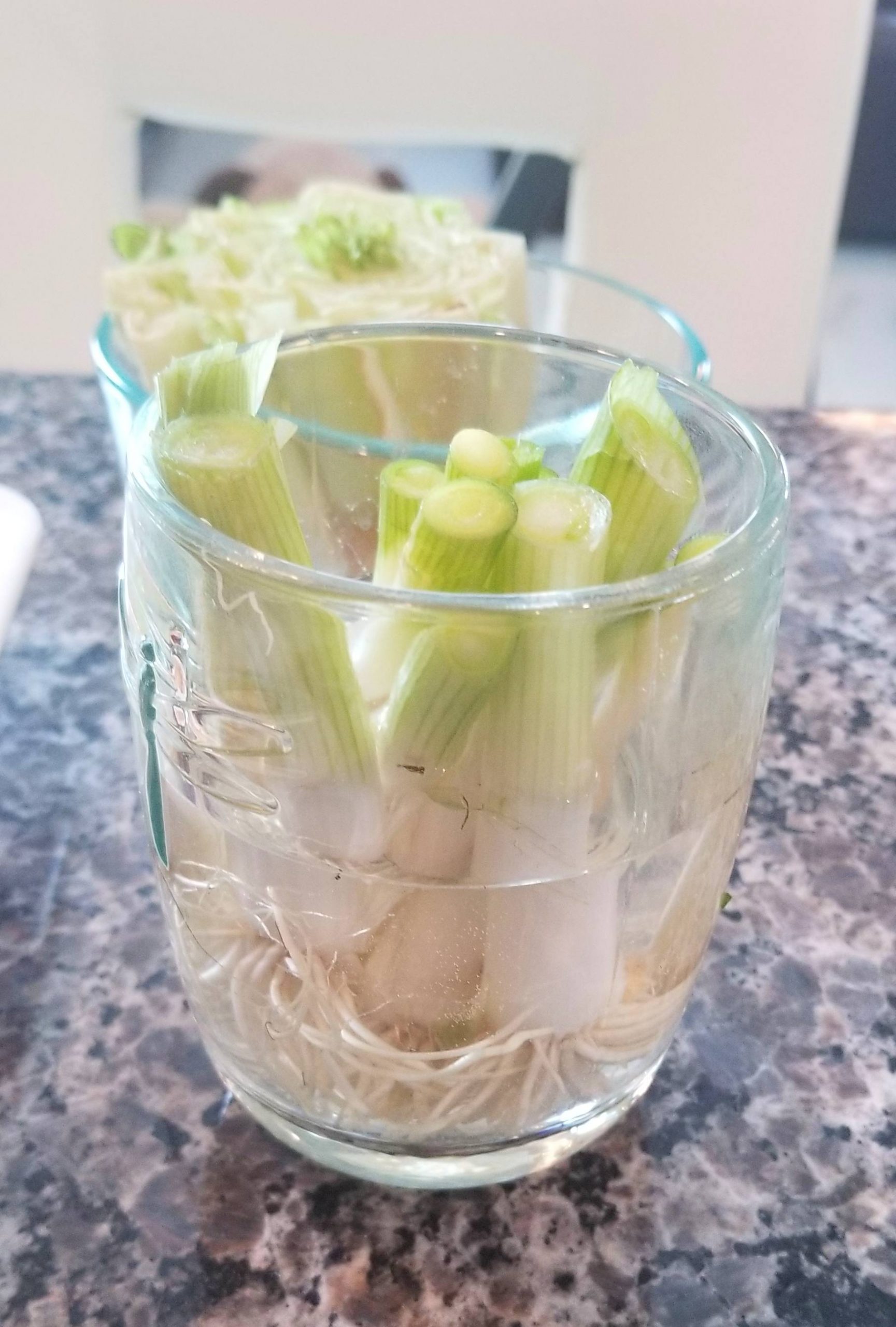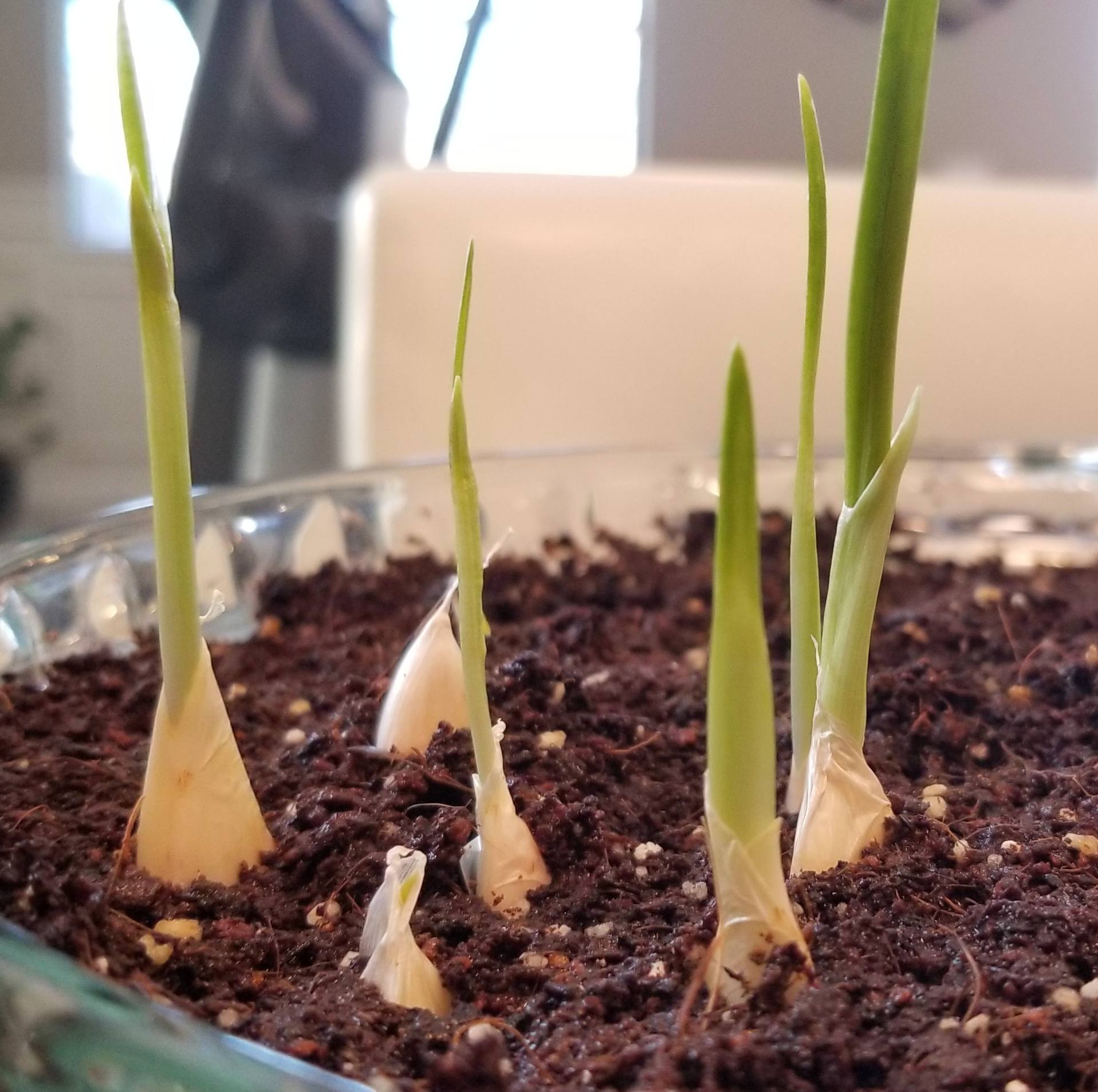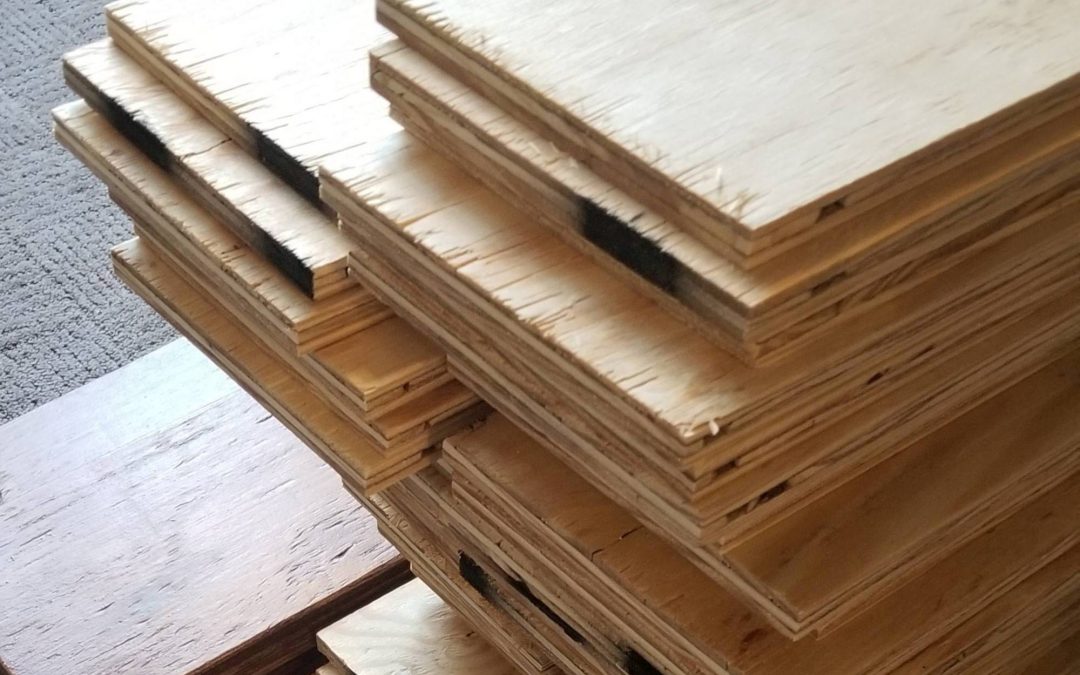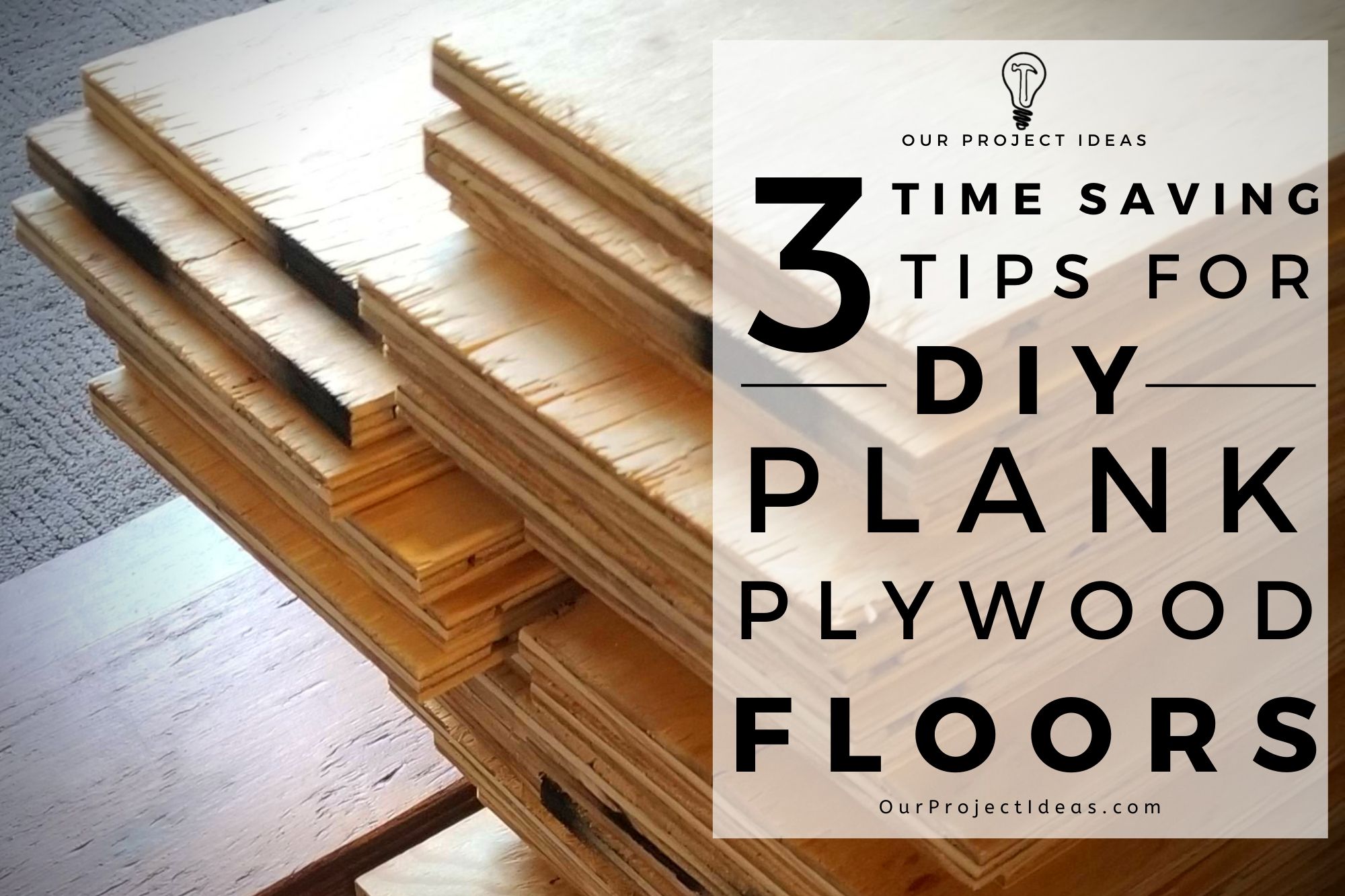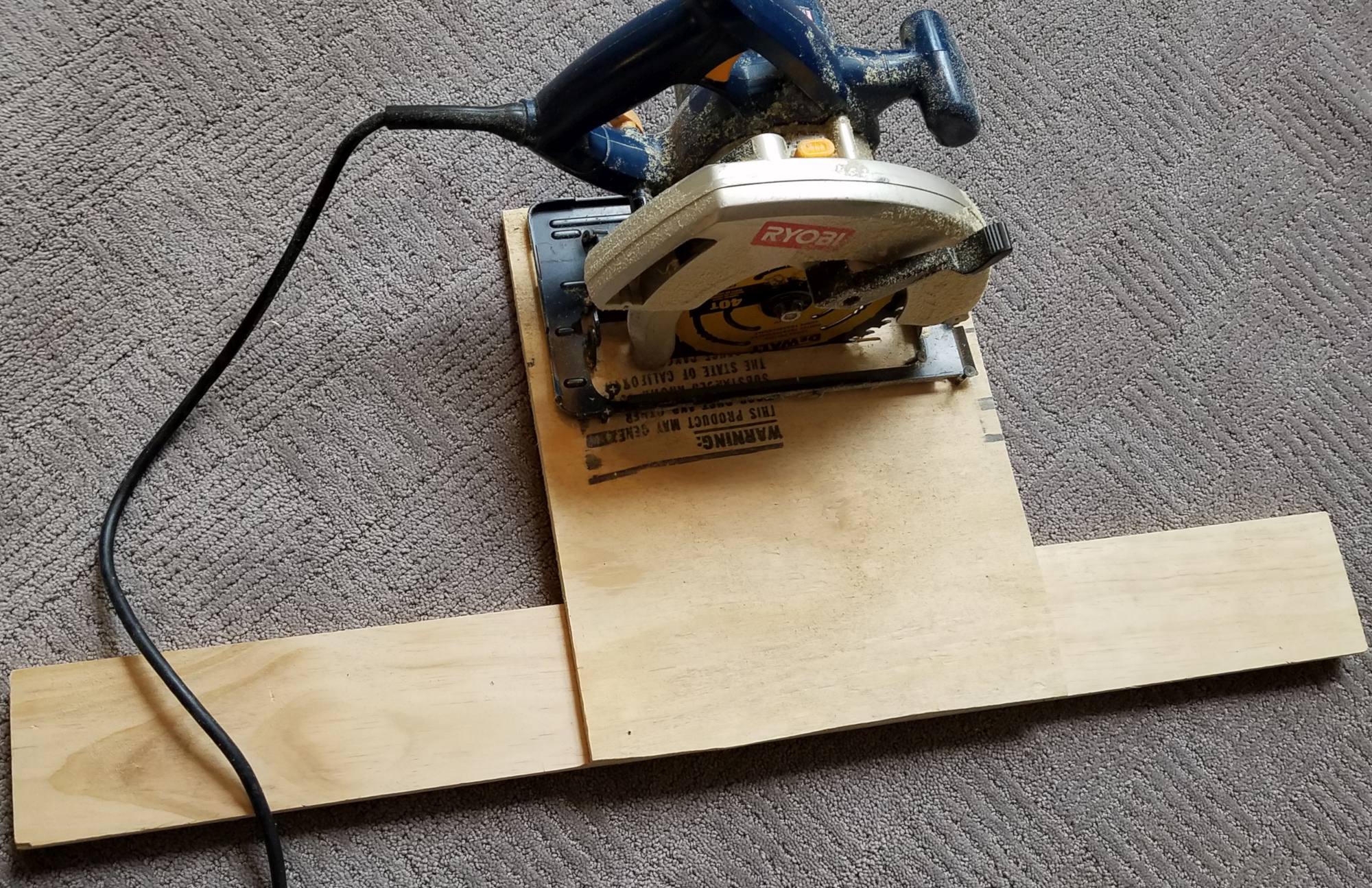
Boiserie fai da te – Parte 1 – Design e layout

Se cerchi boiserie su Pinterest, troverai tutti i tipi di stili e versioni diverse di boiserie, dal super semplice all'incredibile ornato.
Volevo un design della boiserie che sembrasse elegante senza esagerare e non volevo che fosse troppo difficile da installare.
Penso che ciò che abbiamo scelto abbia fatto proprio questo, ha aggiunto un sacco di stile e carattere e sembra fantastico. E non ci è voluto molto tempo per farlo.
Prima ho fatto la boiserie al piano di sotto, poi circa un anno dopo ho deciso di rifare anche la boiserie al piano di sopra. Se sommassi il tempo tra il piano superiore e quello inferiore, probabilmente ci sarebbero volute un totale di circa 2 settimane per entrambi… ma tieni presente che sono spazi piuttosto grandi.
Il progetto verrà suddiviso in una serie di post.
In questo post ci concentreremo sul design che abbiamo scelto e sul perché lo abbiamo scelto, come abbiamo ideato le dimensioni delle nostre boiserie, e come misurare la boiserie.
Poi nei prossimi post esamineremo il taglio della boiserie, installando la boiserie e penso che ne farò un'altra sulla boiserie delle scale, (avviso spoiler, c'è più matematica lol).
Non importa quale stile scegli, qui troverai suggerimenti per rendere la tua installazione più fluida.
Penso che il segreto per installare la boiserie sia utilizzare dime e distanziatori. Poiché la maggior parte dei pezzi della boiserie hanno le stesse dimensioni, è possibile realizzare dime per tagliarli più velocemente e i distanziatori consentono una spaziatura costante senza dover misurare ogni spazio.
L'utilizzo di modelli e distanziatori con la tua boiserie fai da te avrà un enorme impatto sulla durata del tempo di installazione.
Rivelazione: Alcuni dei link qui sotto sono link di affiliazione. Se si decide di acquistare uno di questi prodotti, guadagniamo una piccola commissione senza costi aggiuntivi per te. Si consiglia di questi prodotti solo perché abbiamo esperienza con loro e li usiamo per i nostri progetti. Come Amazon Associates, guadagniamo dagli acquisti idonei.
Decidere uno stile di boiserie
Abbiamo esaminato molti spilli di boiserie di Pinterest per trovarne uno che si adattasse allo stile che avevamo in mente.
Onestamente, se non sai quale stile vorresti, fare una ricerca su Pinterest è un ottimo modo per scoprire quali scelte hai.
Naturalmente se ti piace il boiserie layout e modanature che abbiamo utilizzato, sentiti libero di copiare ciò che abbiamo fatto. 🙂
Idee per boiserie fai da te – Ci sono così tante opzioni
Ci sono così tante idee per i rivestimenti in legno là fuori, e sembrano tutti fantastici a modo loro.
Dai un'occhiata ai diversi layout di boiserie esistenti su Pinterest, fai una ricerca e troverai innumerevoli modelli di boiserie. Se non trovi esattamente quello che desideri, crea il tuo stile di boiserie che è un mix di uno o due disegni che ti piacciono.
Eccone alcuni disegni di boiserie che ci è piaciuto:
La spilla che ci ha ispirato
Questa è la spilla che ha ispirato il nostro gusto nel design delle boiserie. Ci è piaciuto il suo aspetto e abbiamo adorato la seconda modanatura orizzontale tra le scatole o i telai e la modanatura della sedia.
Il design della boiserie che abbiamo utilizzato
Il nostro stile di boiserie differisce in alcuni modi dalla spilla che lo ha ispirato – ma penso che tu possa vedere la somiglianza.
Le differenze:
- Utilizza una seconda modanatura orizzontale più pesante (è lo stesso che abbiamo utilizzato per le cornici delle boiserie)
- La sedia ha la modanatura più alta (quindi era allineato con il bar della cucina al piano di sotto e con il mezzo muro al piano di sopra)
- Usa i rettangoli in piedi invece dei quadrati o dei rettangoli sdraiati (il che sembra abbastanza comune)
- I nostri spazi intorno ai quadrati sono 3 1/2″ (la larghezza di un pezzo di 2×4)
Lo stile
Abbiamo esaminato molti spilli di boiserie di Pinterest per trovarne uno che si adattasse allo stile che avevamo in mente.
Ci piaceva che le cornici dei pannelli fossero più rettangolari che quadrate e più alte anziché larghe.
Inizialmente, avremmo avuto solo la modanatura della sedia sopra i telai, ma dopo averlo provato ci siamo resi conto che serviva qualcosa in più, quindi abbiamo aggiunto un'altra modanatura orizzontale tra la modanatura della sedia e i telai.
Il Waiscoting Altezza
Quanto in alto vuoi che arrivi la tua boiserie??
Mi sono imbattuto in un post che discute in dettaglio l'altezza della boiserie. Il suo consiglio era di usare la regola dei terzi, ciò significa che la boiserie non dovrebbe superare un terzo dell'altezza del muro.
Ecco il collegamento se vuoi saperne di più.
Non mi sono imbattuto nell’articolo finché non ho iniziato a scrivere questo post, ma anche se l'avessi incontrato prima, Probabilmente non avrei comunque seguito la regola dei terzi. Questo perché per ogni piano volevamo che l'altezza della boiserie fosse in linea con qualcos'altro nello spazio – e questo non era in linea con un terzo dell'altezza del muro.
Al primo piano era il piano bar della cucina e al secondo piano era la mezza parete nel soppalco.
Se stai cercando di capire un'altezza da usare, Prova la regola dei terzi, o allinearlo con qualcos'altro nello spazio, o se non c'è qualcosa nello spazio con cui vorresti che la boiserie si allineasse, puoi utilizzare le misure che abbiamo usato come punto di partenza e regolarle come preferisci. 🙂
L'altezza (dal pavimento alla parte superiore della modanatura della sedia) al 1° piano erano 41″ e l'altezza del 2° piano era di 41 1/2″.
Calcola la larghezza del frame
Questo è stato uno degli ostacoli più grandi per me quando ho iniziato questo progetto. Come avrei fatto a rendere tutti i fotogrammi della stessa larghezza??
Poiché tutte le pareti sono di dimensioni diverse sembrava impossibile farli tutti della stessa larghezza… e bene – è.
Alla fine ho capito che non è necessario che ogni cornice di boiserie abbia la stessa larghezza o addirittura la stessa altezza. In effetti è impossibile per loro avere la stessa larghezza poiché le dimensioni delle pareti saranno tutte diverse.
Non volevo che le cornici fossero squadrate se potevo evitarlo e in base all'altezza della boiserie ho puntato su cornici larghe circa 18 pollici.
Ho realizzato uno strumento che puoi usare per calcolare la larghezza dei telai delle immagini, Dai un'occhiata facendo clic sul pulsante in basso.
Le dimensioni della boiserie
Volevo sottolineare questo. Le dimensioni della boiserie saranno diverse per ogni parete che realizzerai. Le dimensioni della cornice della boiserie sulla stessa parete saranno le stesse, Ma saranno diversi quando su un nuovo muro poiché più probabile che il nuovo muro sarà una larghezza diversa.
Questo perché anche se l'altezza del telaio rimane la stessa, la larghezza della cornice della boiserie cambierà in base alla larghezza della parete e al numero di cornici della boiserie.
Lo spazio attorno alle cornici
La spaziatura tra i fotogrammi è LA cosa che deve essere coerente. Mantieni la spaziatura lo stesso e il tuo cervello penserà che tutti i frame delle immagini abbiano le stesse dimensioni.
Finché la spaziatura attorno ai fotogrammi è la stessa, tutto scorrerà.
Per il nostro, abbiamo scelto una spaziatura di 3 1/2″ tutto intorno ad ogni fotogramma, in questo modo potremmo usare pezzi da 2×4 come distanziatore. 😉
Il Waiscoting Misure che abbiamo utilizzato
L'immagine ha tutte le misure della boiserie che abbiamo utilizzato.
Perché ogni muro ha una larghezza diversa, IL le dimensioni della boiserie per ogni parete devono essere diverse.
Tutte le dimensioni di le cornici della boiserie della stessa parete sono le stesse.
Tutte le misure nella foto rimangono le stesse per ogni parete della stanza, Tranne la larghezza del telaio di boiserie (16 5/8″ nel quadro) che cambierà in base alla larghezza del muro e al numero di cornici utilizzate sulla parete.
Sapevamo che l'altezza totale della boiserie era di 41 1/2″ (per allinearsi con l'altezza della mezza parete nello spazio) quindi abbiamo lavorato a ritroso partendo da quella misurazione.
Abbiamo posizionato la parte superiore della modanatura della sedia a 41 1/2″ e abbiamo posizionato la modanatura orizzontale più piccola sotto di essa per vedere quale distanza tra essa e la modanatura della sedia funzionava per noi. Ne abbiamo ricavati 3″ (lo spessore del nostro livello).
Poiché sapevo anche che avrei utilizzato pezzi di 2 x 4 come distanziatori, ora potevo capire l'altezza dei telai del rivestimento.
Ecco come abbiamo calcolato l'altezza dei telai del rivestimento:
| L'altezza totale della boiserie | 41 1/2″ |
| Meno Lo spessore della modanatura della sedia | – 2 3/4″ |
| Meno lo spazio sotto la modanatura della sedia | – 3″ |
| Meno il secondo spessore della modanatura orizzontale | – 1 1/4″ |
| Meno La spaziatura sopra la cornice | – 3 1/2″ |
| Meno La spaziatura sotto la cornice | – 3 1/2″ |
| Meno Lo spessore del battiscopa | – 4 1/2″ |
| Uguale alla zoccolatura Telaio Altezza | = 23″ |
Capire la larghezza dei telai della boiserie
OK, hai capito lo stile, modanatura, altezza, spaziatura e colori – ora è il momento di fare un po' di matematica!
Questa parte può sembrare un po’ intimidatoria, ma fidati di me, è molto più facile da fare di quanto sembri.
Come ogni altro aspetto di questo progetto, probabilmente ci sono un milione di altri modi per capirlo, ma ecco un esempio di come l'ho misurato.
Usiamo il muro nella foto per l'esempio, il muro misurava 124 1/2″ e alla fine ho utilizzato 6 cornici per boiserie.
Calcolo per i 6 fotogrammi Mostrato
Primo, Sottraggo la spaziatura sinistra dal totale, che per me è 3 1/2″ o 3.5″, dai un'occhiata all'immagine per avere più informazioni visive.
Questo mi dà 121″, ora dividi 121″ in base al numero di fotogrammi che ritieni possano adattarsi. Nell'esempio nella foto ne ho usati 6.
121″ /6 = 20.16″
Quindi ogni fotogramma + la sua spaziatura a destra equivarrebbe a 20,16″ di larghezza (Le frecce rosse).
Quindi la dimensione dei fotogrammi sarebbe 20,16 meno la spaziatura a destra.
La dimensione del frame sarebbe ora 20,16 – 3.5″ = 16,6″ (Le frecce blu)
Poiché volevo una forma rettangolare, 16.6″ ha funzionato bene. Fondamentalmente, Provo la stessa formula con un frame aggiuntivo o meno un frame, e scopri quello che sembra migliore.
Diciamo che abbiamo calcolato per 5 cornici
Se ne provassi 5, sarebbero 121″ / 5 = 24,2 Ciò significa che ogni fotogramma + la spaziatura alla sua destra sarebbe 24,2″. Quindi la dimensione del frame sarebbe 24,2″ – 3.5″ (la dimensione della spaziatura) che sarebbe 20,7″
La cosa da tenere a mente non c'è niente di giusto o sbagliato in tutto questo. Volevo che le mie montature avessero una forma più rettangolare che quadrata e una larghezza di 20,7″ sarebbe abbastanza vicino all'altezza di 23″ quindi invece di fare 5 fotogrammi ho optato per 6.
Conversione di decimali in frazioni
Quindi ora sai che i frame dovrebbero essere 16.6″… come diavolo fai a capirlo su un metro a nastro?!
Capire i numeri è stato sicuramente più semplice utilizzando una calcolatrice, ma ho riscontrato il problema di convertire il decimale dalla calcolatrice in una frazione che potevo utilizzare con un metro a nastro.
La risposta in quel momento è stata un widget che ho trovato che converte i decimali in frazioni che possono essere utilizzate con un metro a nastro. Non era al 100% perché a volte la frazione che mi dava era 231/356… il che non aiuta. lol
Ora, Ho creato un calcolatore per boiserie. Dategli le misure in frazioni che trovereste su un metro a nastro e capirà la cornice della boiserie e vi darà la larghezza in frazioni che potete usare sul metro a nastro. Niente più matematica e niente più 231/356! lol
Come gestire le finestre con WaterCoting
Questa è una cosa a cui ho pensato dopo. Se la finestra scende al di sotto dell'altezza della boiserie, sarebbe meglio misurare il muro in sezioni, con lo spazio sotto la finestra come sezione a parte.
Ho visto alcune foto di boiserie in cui vengono utilizzate “l” cornici sagomate per adattarsi alla finestra… Non penso che sia così bello.
Penso che sembri più assemblato se i telai sotto la finestra hanno larghezza e altezza diverse – fintanto che la spaziatura attorno ai telai è la stessa del resto del muro, tutto si adatterà insieme.
Avevo solo una finestra che ha influenzato il mio layout di boiserie, E per fortuna non è successo a non influenzare troppo le cose. Una volta che l'ho fatto mi sono reso conto che sarebbe stato meglio se avessi diviso il muro in pezzi e trattavo ogni pezzo come un muro separato.
Dai un'occhiata a una foto qui sotto, Questa è la finestra di cui sto parlando. Non sembra male, Ma è stata una fortuna più di ogni altra cosa. Stavo andando da destra a sinistra durante l'installazione del mio Waiscoting, Sono arrivato alla finestra ha capito che avrei dovuto fare qualcosa di diverso sotto la finestra (Notare che le due caselle sotto la finestra non sono larghe come quelle accanto a loro), Stippato per dopo e ripreso i miei fotogrammi sull'altro lato del finestrino.
Invece, Avrei dovuto essere meglio se avessi i telai delle immagini sotto la finestra allineare con la larghezza della finestra e trattare gli spazi su ciascun lato della finestra come pareti separate e fare calcoli per ciascun lato separatamente.
Ho modificato l'immagine per mostrare come sarebbe stato se avessi i telai sotto la finestra in ginocchio con i bordi della finestra. Scusa il editing approssimativo, Ma penso che dia un'idea di come sarebbe stato meglio.
Ancora, La finestra per fortuna non l'ha fatta molto per me, Ma posso vedere dove potrebbe diventare davvero brutto se non pianifichi la finestra in anticipo.
Lo stampaggio che abbiamo utilizzato
Per la boiserie abbiamo utilizzato due diverse modanature, uno per la modanatura della sedia e l'altro per i telai e la modanatura orizzontale tra modanatura e telai.
Li abbiamo acquistati entrambi da Home Depot. Eccoli, puoi fare clic sull'immagine se desideri ottenere la stessa modanatura.
La modanatura della sedia (Modanatura superiore)
Questa è la modanatura della sedia. C'era una versione in poliestere di questa modanatura che è molto più economica ma le caratteristiche erano un po' più esagerate e ci piaceva di più l'aspetto della versione in legno.
I nostri colori
Per i colori delle pareti abbiamo scelto i colori greige (un mix di grigio e beige).
Molte foto di boiserie che abbiamo trovato lasciavano le cornici bianche su una parete di colore diverso. Ciò fa risaltare maggiormente la cornice del rivestimento, ma abbiamo scelto invece di dipingere le cornici dello stesso colore del muro.
Dipingere la boiserie dello stesso colore del muro conferisce un aspetto integrato, che ci è piaciuto.
Se desideri utilizzare gli stessi colori, ecco i due colori che abbiamo utilizzato:
Colore della vernice inferiore
Sherwin Williams
Bianco estetico (SW7035)
vetrina
Interni satinati
Colore della vernice superiore
Sherwin Williams
Di nuovo grigio (SW7030)
vetrina
Guscio d'uovo interno
Questo è tutto per la progettazione e il layout della boiserie
Questo è tutto per la progettazione e la disposizione della tua boiserie fai da te. Ora che hai capito tutti i dettagli per la tua boiserie, è ora di iniziare a tagliare alcune modanature! Lo coprirò nel prossimo post!
Fai clic sul pulsante in basso per continuare a leggere:
Some Pictures Of The Finished Wainscoting
Here’s some more pics of the wainscoting. I’m thinking of doing a post on the wainscoting in the stairs since that was a bit trickier. I haven’t used math like that since High school! lol
Fammi sapere cosa ne pensi, is there something you would have done different?
Condividi i tuoi pensieri nei commenti qui sotto!
Godetevi questo post? Appuntalo e condividilo con gli altri!

